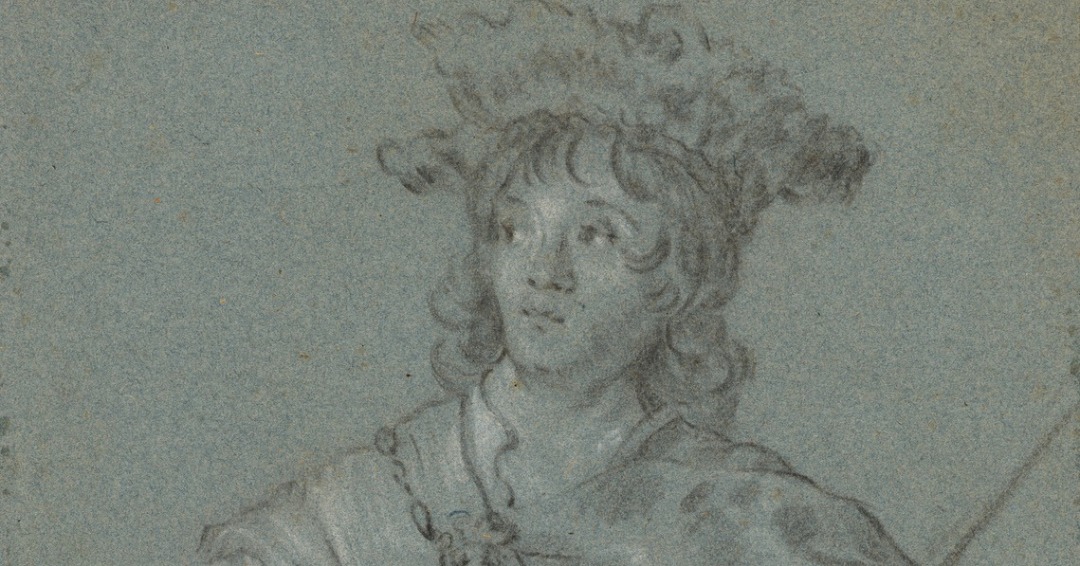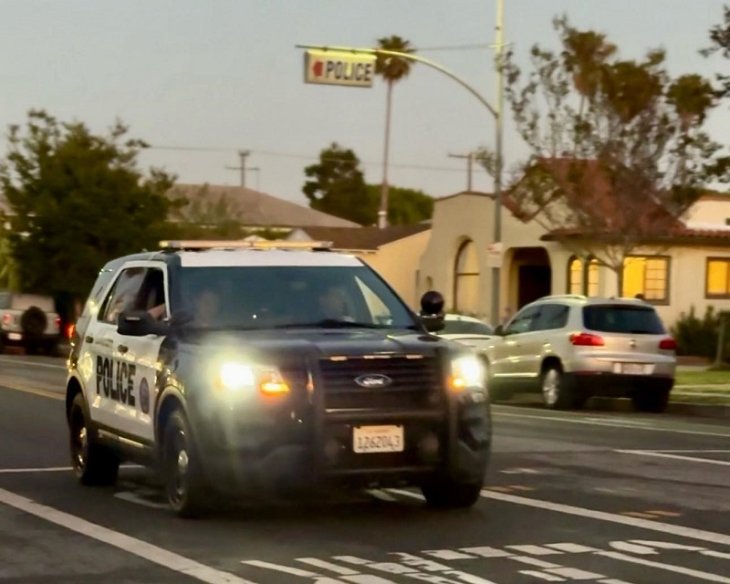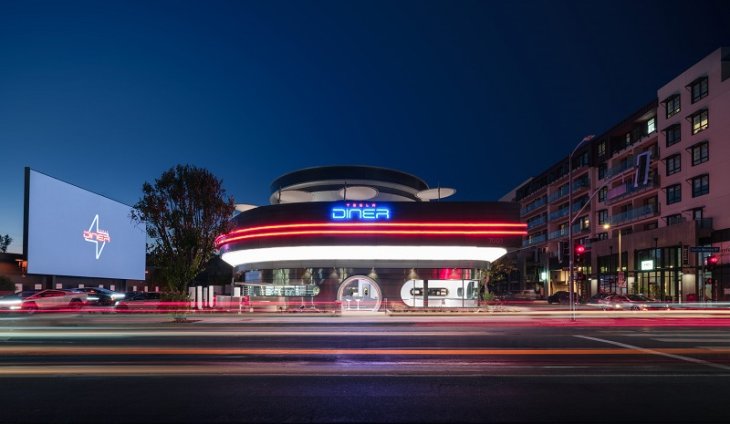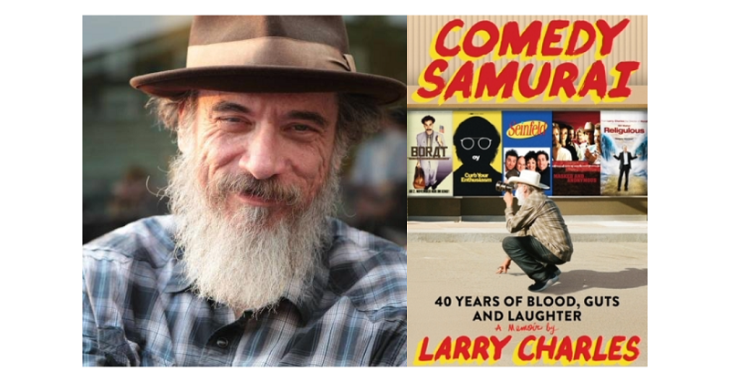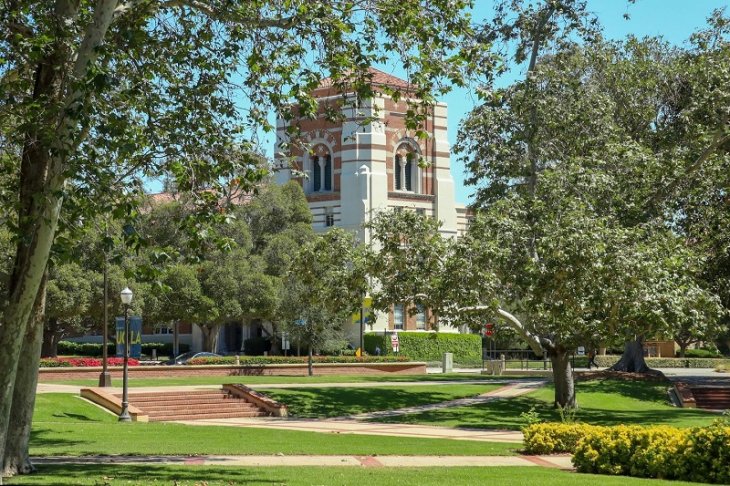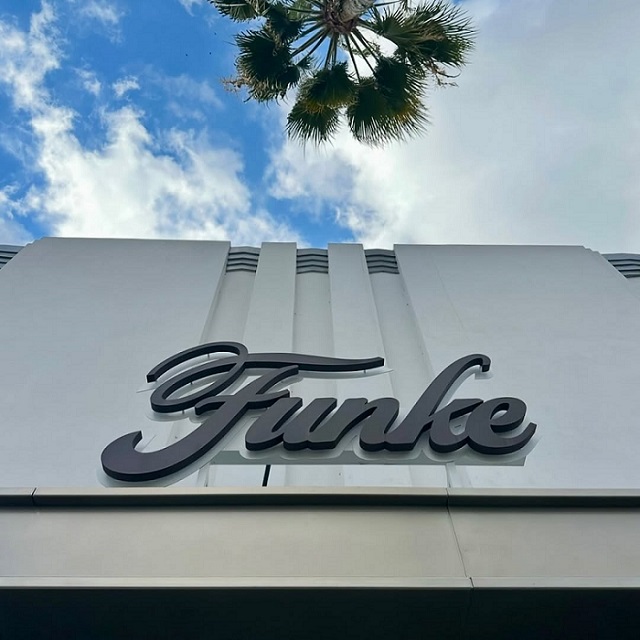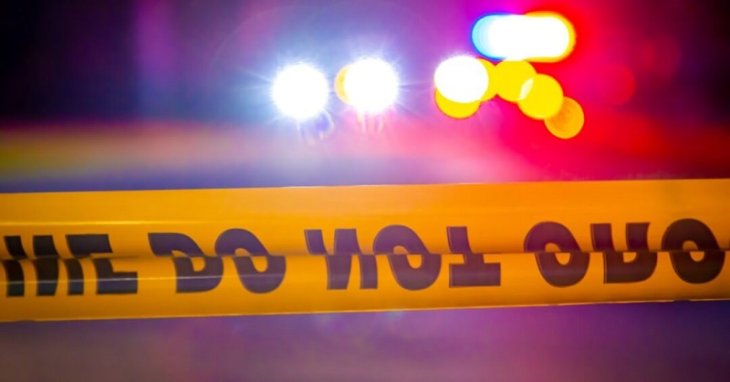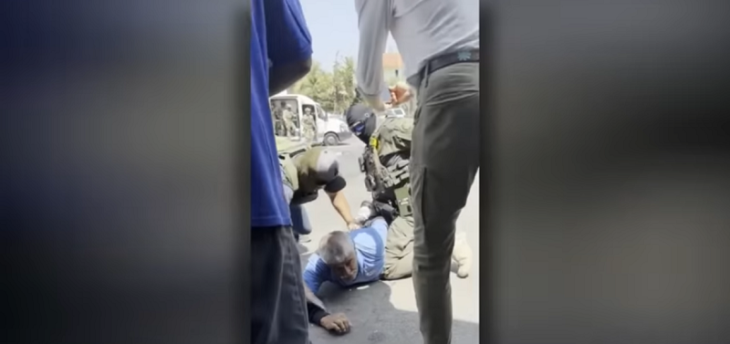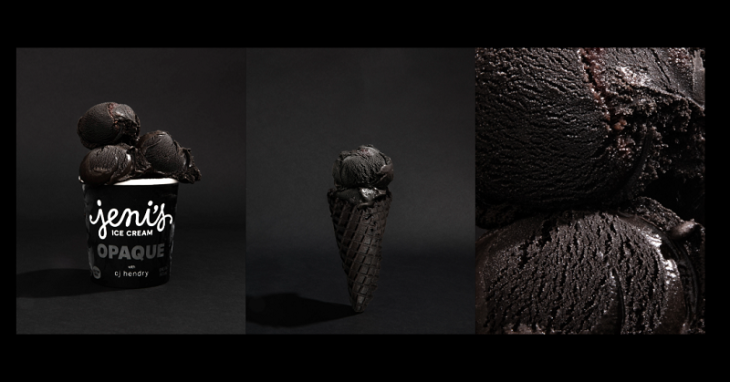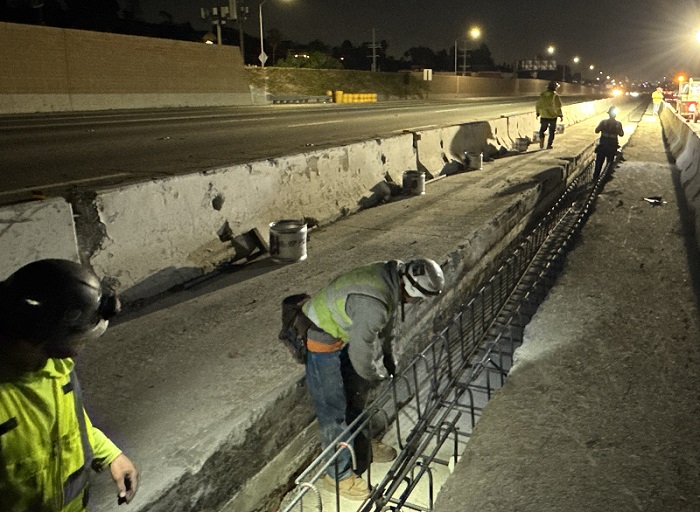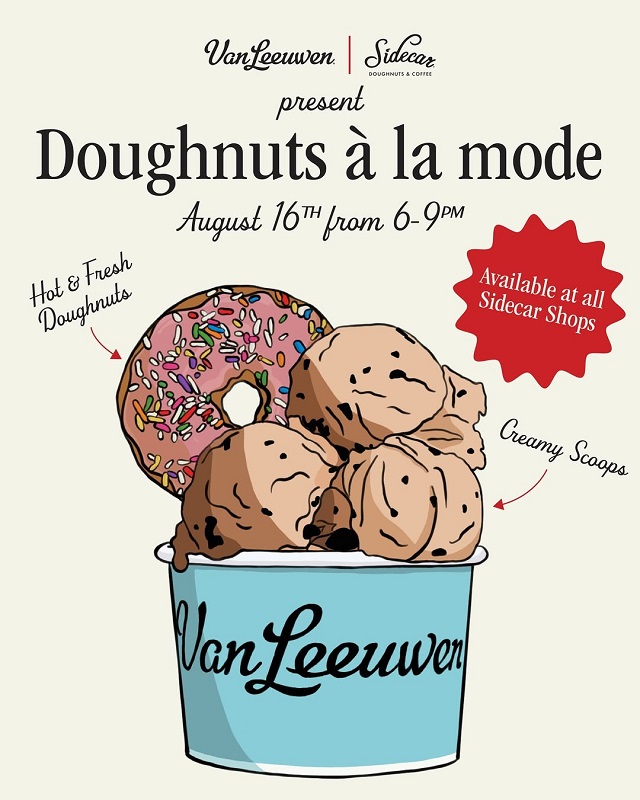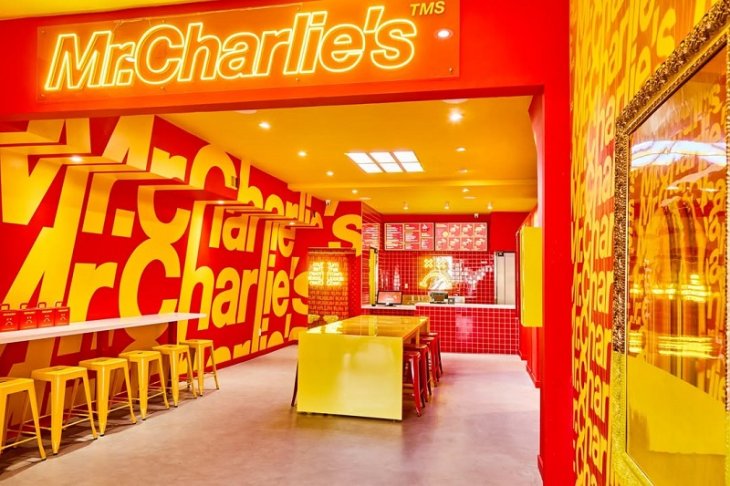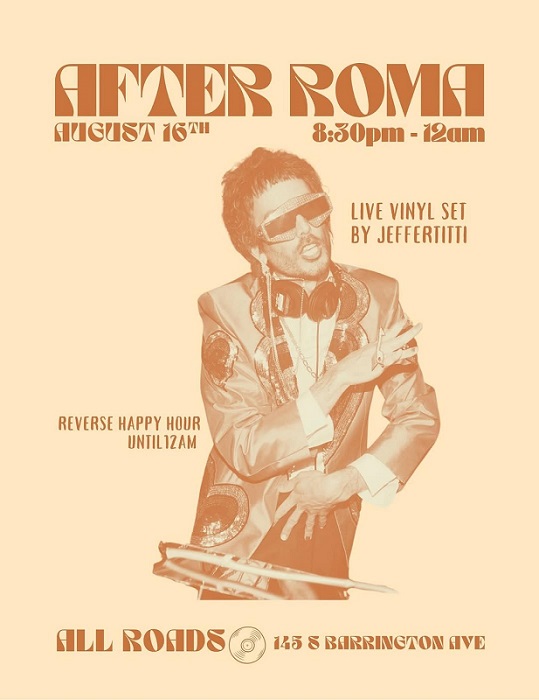Discover the Transformative Role of Blue Paper in European Drawings
The Getty Center is proud to present “Drawing on Blue: European Drawings on Blue Paper, 1400s–1700s,” a captivating exhibition that delves into the historical significance of blue paper in the world of European drawings, spanning from the Renaissance to the Enlightenment era.
Running from January 30 to April 28, 2024, the exhibition showcases nearly 40 drawings primarily from the J. Paul Getty Museum’s collection.
The journey begins with the origins of blue paper in northeastern Italy, where it was ingeniously crafted from discarded blue rags. Artists in the Veneto region, notably Bartolomeo Montagna, embraced this innovation, as exemplified by his work “The Risen Christ,” a meticulous study utilizing blue paper as a middle tone.
Over two centuries, the use of blue paper proliferated, reaching various corners of Europe, including Spain, the Dutch Republic, and England. Its versatility allowed artists to achieve nuanced effects, enhance hues, and mimic atmospheric phenomena, fundamentally altering the visual atmosphere of artworks.
Timothy Potts, Director of the Getty Museum, expressed excitement about presenting this collection: “The use of blue paper to change the visual ‘mood’ of a work of art was one of the most innovative inventions of Renaissance artists. Its distinctive aesthetic qualities have earned it a special place in the history of European draftsmanship and attracted the interest of connoisseurs and collectors through the centuries.”
By the 17th century, Dutch papermakers transformed blue paper by adding dyes directly to the pulp, creating more evenly toned sheets. Scientific analysis of artworks like Jacob Ariaensz Backer’s “A Young Man with a Fur Hat” revealed the use of imported dye from the Americas, showcasing the global trade influencing art.
Pastelists, particularly Venetian artist Rosalba Carriera, favored blue paper for its unique characteristics. The exhibition features works like Carriera’s “Muse,” where, under high magnification, blue fibers confirm the artist’s use of blue paper to create natural shadow effects.
“Drawing on Blue” stems from a multi-year research project that brought together art historians and paper conservators. Edina Adam, assistant curator at the Getty Museum, notes, “It demonstrates how, by focusing on the materiality of objects, we can extrapolate new narratives.”
Two recently acquired works make their debut in the exhibition: “Holy Family with Saint Joseph Holding a Rose” by Bartholomaeus Spranger and “Jonah Preaching at Nineveh” by Johann Wolfgang Baumgartner. Both exemplify how artists harnessed chiaroscuro techniques with blue paper.
The exhibition organizers, Edina Adam and Michelle Sullivan, also co-edited the accompanying catalog, featuring essays by an international group of art historians and paper conservators. To complement the exhibition, a free lecture program on February 25 will provide a non-Western perspective on blue paper, with Dr. Massumeh Farhad exploring its influence on Islamic art.

